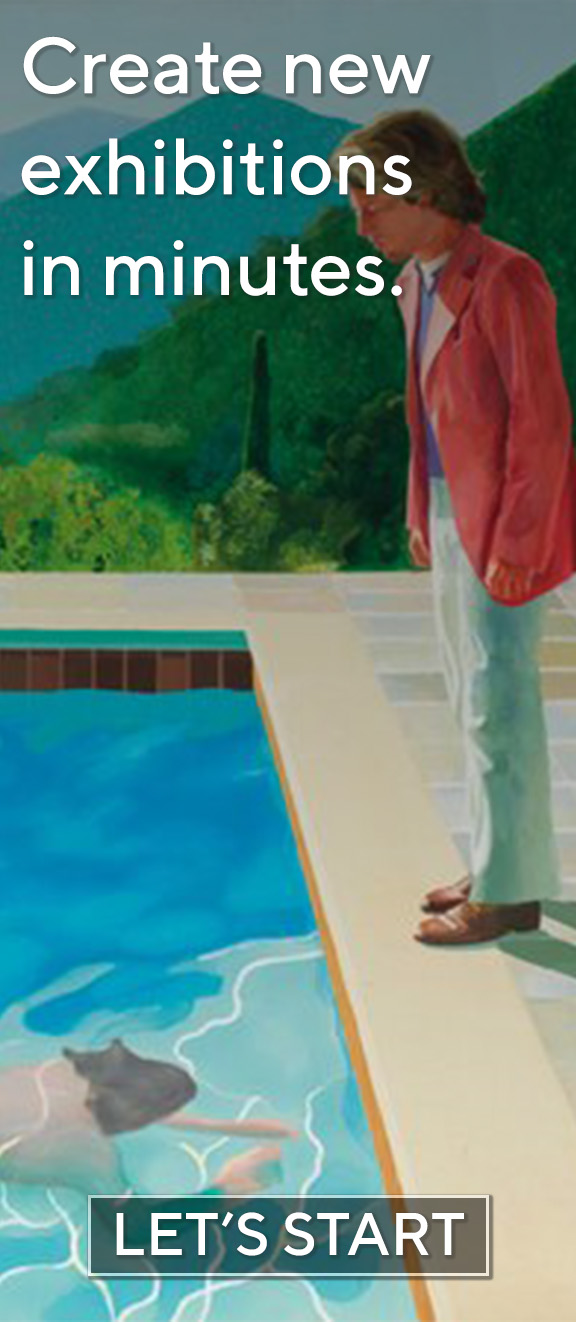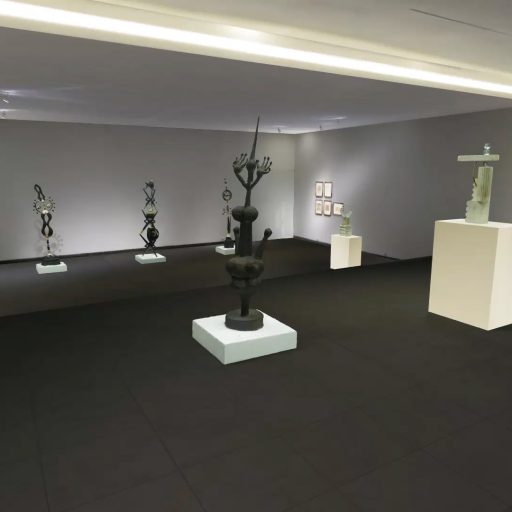

Loading...


Fresh.
Fresh and sweet.
Fresh and sweet and juicy and fragrant with a sharp, tart, back-end punch.
It’s not that sickly sweet. Not that artificial, synthesized, saccharine sweet that’s all bark and no
bite.
This is that perfect mango, that fresh papaya or guava, that sublimely ripe piece of fruit that shakes your senses awake like a cold shower. That seasonal fruit whose colour you can practically taste, whose flavour you can almost see.
Muñoz’s Fruta del Tiempo aims to invoke these same visceral, synesthetic responses. A series first initiated in Mexico – a site, much like the artist’s birthplace and home Andalucía, in which the landscape, the gastronomy, the produce, the people, all resonate with this natural vivacity – the title itself appeals directly toward the physical sensations that these natural delicacies can bring, the intense sweetness that both powers up your endorphins and cuts you like a knife. Working on a full exhibition series of works for the first time however (he previously having had the graffiti artist’s urgency toward the constantly new), here Muñoz thus delivers a group of abstract works that recreate the tangible experience of freshness, the immediacy, the balance of the finest fruta del tiempo, within their very material, visual form.
Yet Muñoz’s works not only signal toward the formal qualities of fruta del tiempo, their colours, their flavour, their bite. Rather, they are as much about process as final image, an attempt by the artist to recreate the bodily experience of taste within the flow and act of painting itself. Like the graffiti output so key to Muñoz’s contemporary practice, what is key here is hence a gestural performance containing the same raw, crisp, natural energy of the eponymous fruta del tiempo: Produced without additives or preservatives. Unprocessed and organic. Fresh and ready to eat.
(Text by Rafael Schacter)
About the Artist:
ENG
Artist, Cultural agitator, curator and gallery owner.
Seleka is one of the pioneers of graffiti in Andalusia.
Seleka Muñoz began painting on the street in 1993 in Seville, Spain, when he was 10 years old.
Seleka belongs to this generation of committed, active, innovative and relevant graffiti artists. Inheritor of New York graffiti, the European graffiti scene brought a new breath from the early 1980s, deepening historical codes and innovating to overwrite the history of this movement. Seleka Muñoz will be one of the main figures in the shadows, one of the key figures on the scene of the late 90s, early 2000s.
Seleka works only with noble supports and materials: oil, canvas, and academic knowledge acquired in self-education. He consciously and voluntarily moves away, in the studio, from the codes of the graffiti movement (spray, marker, wall, ephemeral nature), exploiting with talent the forces that he cannot (and does not want to) deny: the gesture of light, writing with style, the indelible imprint of hard-won freedom and a permanent offering to the public. Then he consciously fits into contemporary art. Its abstraction becomes timeless.
Seleka Muñoz's work has two clearly differentiated lines, one is his studio work where he creates abstract contemporary works made with traditional painting techniques.
His other line of research takes place in the street in an allegory and illegal way outside the establishment, thus positioning himself as an outsider and developing unique projects and investigating without limitations.
His ephemeral paintings have been seen throughout Spain, and some cities in France, England, Portugal, Italy, United States, Mexico, Morocco ...
ESP
Seleka Muñoz comienza a pintar en la calle en 1993 en Sevilla, cuando tenía 10 años de edad. Agitador cultural, comisario, galerista y artista. Seleka es uno de los pioneros del graffiti en Andalucía.
Seleka pertenece a esta generación de artistas de graffiti comprometidos, activos, innovadores y relevantes. Heredera del graffiti neoyorquino, la escena de graffiti Europea trajo un nuevo aliento desde principios de los 80, profundizando los códigos históricos e innovando para sobreescribir la historia de este movimiento. Seleka Muñoz será una de las principales figuras en la sombra, una de las figuras claves de la escena de finales de los 90, principios del 2000.
Seleka trabaja solo con soportes y materiales nobles: óleo, lienzos y conocimientos académicos adquiridos en la autoeducación. Se aleja consciente y voluntariamente, en el taller, de los códigos del movimiento del graffiti (spray, rotulador, muro, naturaleza efímera) explotando con talento las fuerzas que no puede (y no quiere) negar: el gesto de la luz, la escritura con estilo, la huella indeleble de una libertad ganada con esfuerzo y una ofrenda permanente al público. Luego encaja conscientemente en el arte contemporáneo. Su abstracción se vuelve atemporal.
El trabajo de Seleka Muñoz tiene dos líneas claramente diferenciadas, una es su trabajo de estudio donde crea obras contemporáneas abstractas realizadas con técnicas tradicionales de pintura.
Su otra línea de investigación se desarrolla en la calle de modo alegal e ilegal ajeno al stablishment, posicionándose de este modo como un outsider y desarrollando proyectos únicos e investigando sin limitaciones.
Sus pinturas efímeras han podido verse en toda España, y algunas ciudades de Francia, Inglaterra, Portugal, Italia, Estados Unidos, México, Marruecos...







